In recent years, the Freestanding Tub has become the preferred choice for many families and designers in bathroom design trends. It not only symbolizes the independence of space and the enhancement of aesthetic style, but also adds a luxurious "private enjoyment" experience to the bathroom. Whether it's modern simplicity, retro European style, or natural light luxury style, a Freestanding Tub can almost perfectly blend in. However, during the purchasing process, consumers often face multiple considerations, such as material, size, installation location, maintenance, and price. This article will analyze how to choose a suitable freestanding bathtub from five aspects to make your bathroom renovation more tasteful and practical.
1. Clear spatial layout: size and position determine the overall experience
The first step before selecting a freestanding bathtub is to evaluate the bathroom's size and layout.
Unlike embedded bathtubs, Freestanding Tubs typically require more space to highlight their design, so careful planning is necessary in small to medium-sized bathrooms.
Space measurement is the primary task.
Generally, a distance of 15-20 inches should be maintained between the bathtub and the wall to facilitate cleaning and maintain visual balance.
Reserve drainage and inlet positions.
Independent bathtubs usually use a bottom-drain design, and during installation, it is necessary to reserve the positions of the drain and hot and cold water pipes in advance. If it is a renovation project, confirm that the ground structure can support the selected drainage method.
Consider the flow and ventilation.
The bathtub should avoid the central bathroom passage, maintain good ventilation, and prevent moisture from causing slipping or bacterial growth.
Reasonable spatial planning is the key to ensuring comfortable use and aesthetic unity of bathtubs.
2. Material selection: balance aesthetics and durability
The material of a Freestanding Tub determines its hand feel, insulation, weight, and difficulty in later maintenance. Different materials have their own advantages and disadvantages, and should be selected based on budget and usage requirements.
Acrylic
One of the most popular materials currently available is lightweight, easy to clean, and reasonably priced. Its excellent insulation performance can keep hot water for a more extended period of time, while the color and shape options are diverse.
Cast Iron
Known for its durability and excellent insulation, but with a significant weight, it is necessary to confirm the ground's load-bearing capacity before installation. Suitable for bathrooms with large spaces and a pursuit of classic style.
Artificial stone (Solid Surface)
High-end appearance, delicate texture, warm touch, suitable for modern or minimalist style design. However, the price is relatively high, and there are high requirements for handling and installation.
Copper and stainless steel
Commonly used in retro or industrial style bathrooms, with a firm metallic texture, but a high price and strict maintenance requirements.
Suggestion: If you want to balance lightness and practicality, Acrylic material is the most cost-effective choice; If pursuing durability and luxury, cast iron or artificial stone bathtubs can be considered.
3. Style: Determine the visual focus of the space
The charm of the Freestanding Tub lies not only in its functional facilities but also in its role as the visual center of the space. The design directly affects the overall atmosphere of the bathroom.
Oval-shaped bathtub
The most common design features are smooth lines that are suitable for various decoration styles.
Rectangular or square bathtub
More modern and suitable for minimalist or industrial style spaces.
Clawfoot Tub
Classic retro design, commonly found in European or French-style bathrooms.
Soaking Tub
Deep and suitable for users who take longer baths, providing a more immersive and relaxing experience.
Unique curves and sculptural shapes
Suitable for high-end decoration projects that pursue art and design, it can be used as a decorative element in the center of the space.
When making a purchase, it is essential to ensure that the design matches the wall lines, tile colors, and bathroom accessories of the bathroom.
4. Functional configuration: Starting from practicality
Modern Freestanding Tubs focus not only on appearance but also on comfort and convenience. Some products are equipped with additional features to take the bathing experience to the next level.
Built-in massage system (Air Jets or Whirlpool)
Massage the body with water flow or bubbles to relieve fatigue, but requires electrical support and professional installation.
Thermal insulation coating or double-layer structure
Extend the holding time of the hot water temperature to make bathing more long-lasting and comfortable.
Integrated overflow outlet and drainage system
Prevent overflow issues while facilitating daily drainage.
Anti-slip sole design
Improve safety in use, especially suitable for homes with a large number of family members, the elderly, or children.
Compatible with Freestanding Faucet
When choosing, attention should be paid to whether the height of the faucet and the angle of the water outlet match the bathtub.
5. Installation and maintenance: professional guidance and daily maintenance
Although the Freestanding Tub is relatively easy to install, it still requires professional personnel to ensure the correct construction of the drainage system, ground level, and waterproof layer.
Installation recommendations
Confirm ground load-bearing capacity, especially for cast iron or artificial stone materials.
Use adjustable feet: easy to adjust the level.
Ensure the drainage system is sealed to prevent water leakage or odor.
Maintenance Techniques
Regularly clean the surface with warm water and a neutral detergent, avoiding abrasive cleaners.
For acrylic materials, contact with strong acids or solvents should be avoided to prevent discoloration or scratches.
After each use, wipe it dry with a soft cloth to maintain the surface gloss.
Good maintenance habits can significantly extend a bathtub's lifespan and keep it looking new for a long time.

6. Price and Brand Selection: Balancing Budget and Quality
The price difference of a Freestanding Tub mainly comes from the material, size, brand, and additional features.
Entry-level acrylic bathtubs are usually more affordable, while high-end artificial stone or cast-iron models fall into the mid- to high-budget range.
When making a purchase, it is recommended to:
Pay attention to the brand's product warranty and after-sales service.
Check the factory quality certification and installation guidance.
Consider long-term maintenance costs and the convenience of replacing parts.
High-quality brands are often more reliable in terms of craftsmanship details, waterproof performance, and user experience, and have lower long-term usage costs.
Conclusion: Building an Ideal Bathroom with Design and Comfort Together
A Freestanding Tub is not just a bathroom fixture; it symbolizes a quality of life and a sense of relaxation. From spatial planning, material selection, styling, to functionality and maintenance, every detail determines the overall style of the bathroom.
For consumers who pursue comfort and aesthetics, choosing a suitable freestanding bathtub is one of the most valuable investments in bathroom decoration. Whether it's a modern urban apartment or a cozy family residence, with proper planning and careful selection, an elegant Freestanding Tub can transform your bathroom into a private SPA space, making daily life full of style and joy.

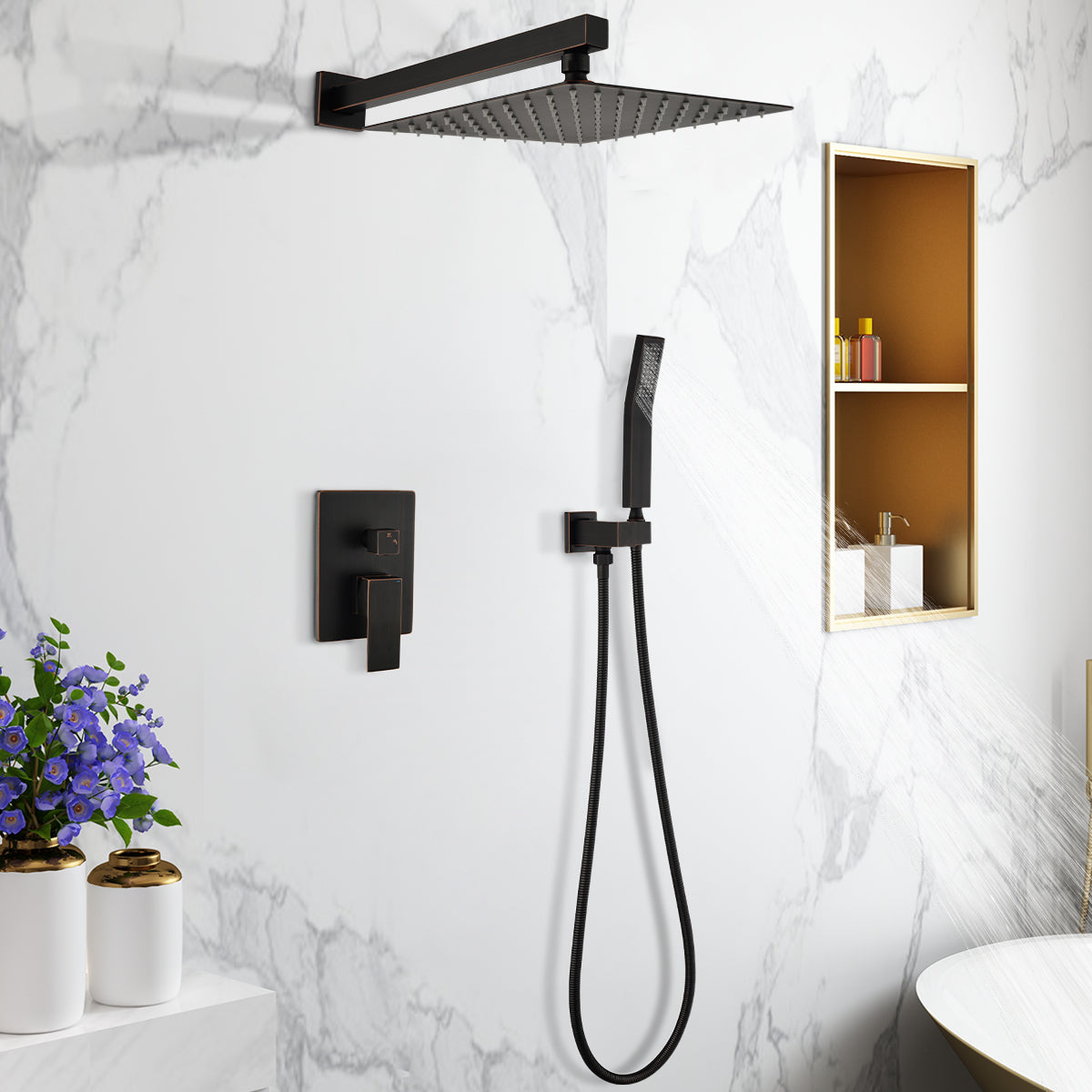






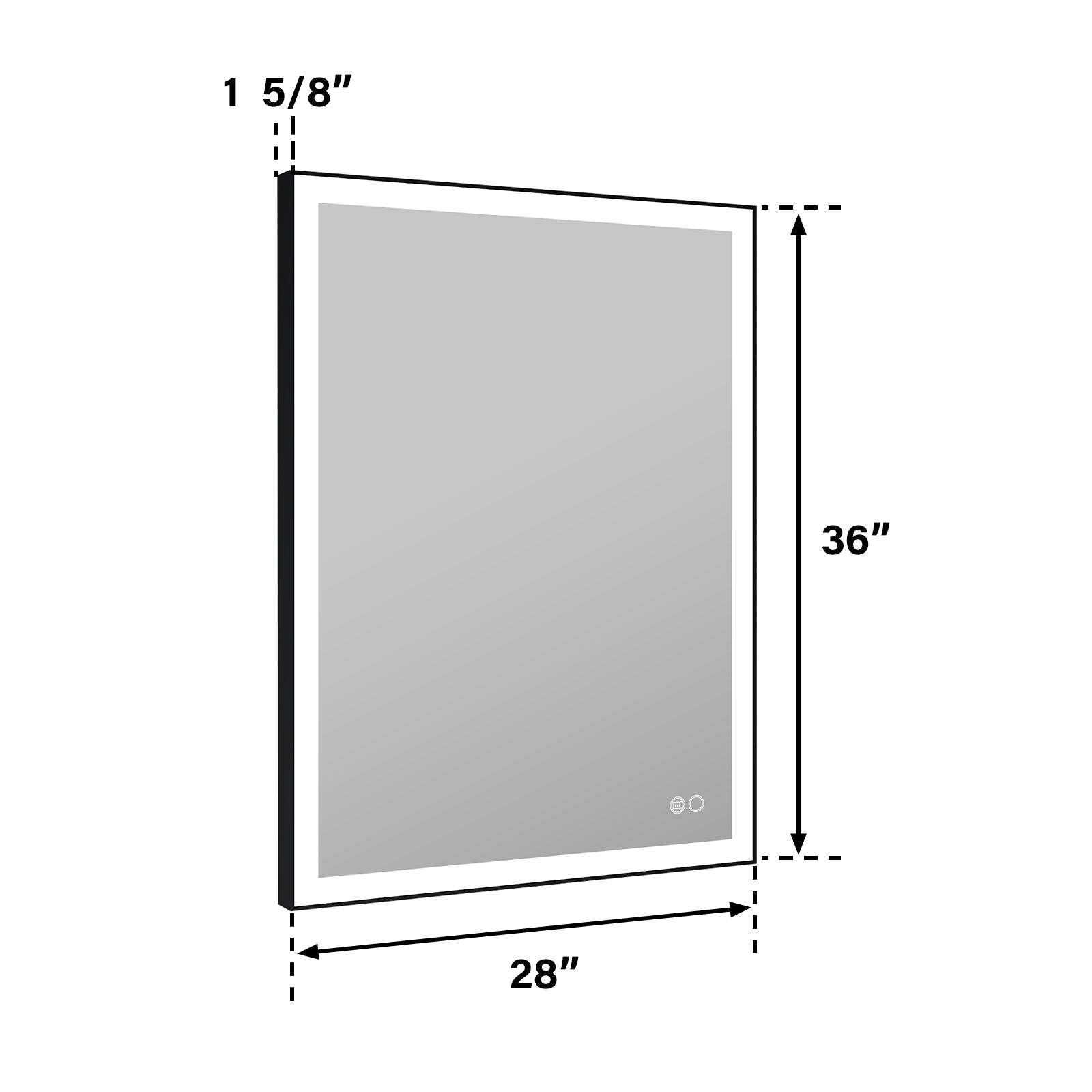
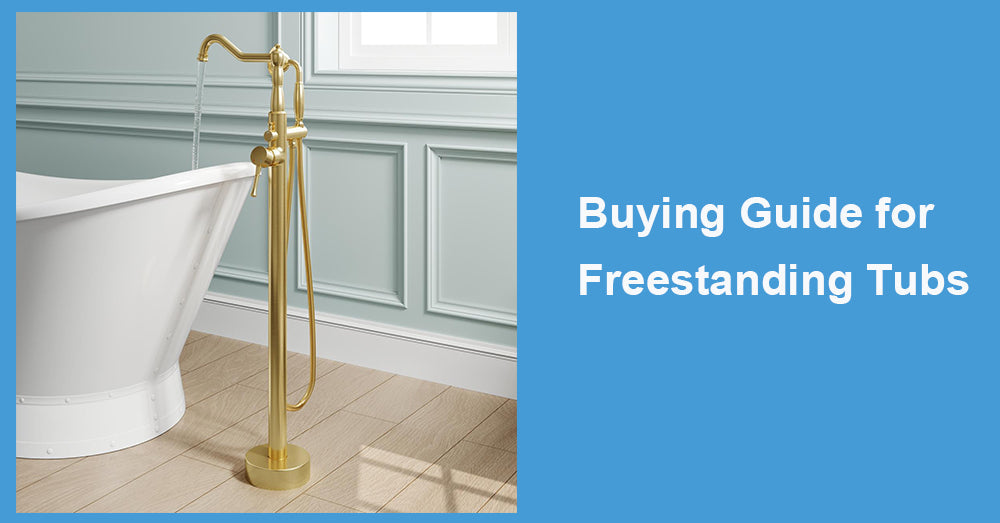
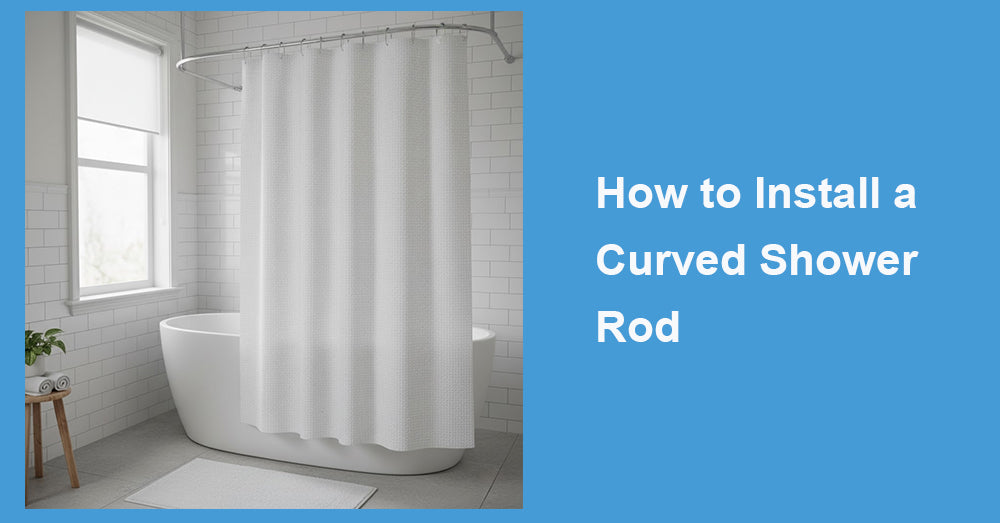
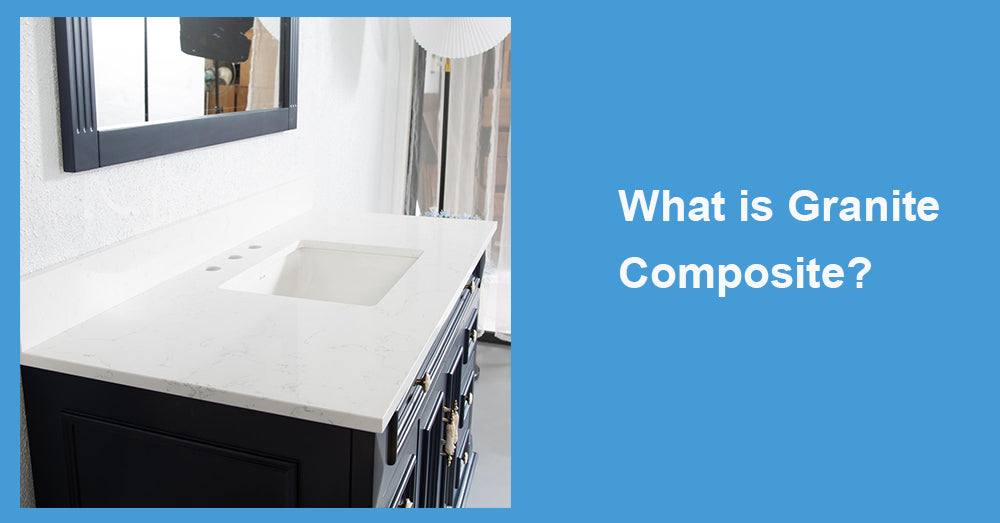
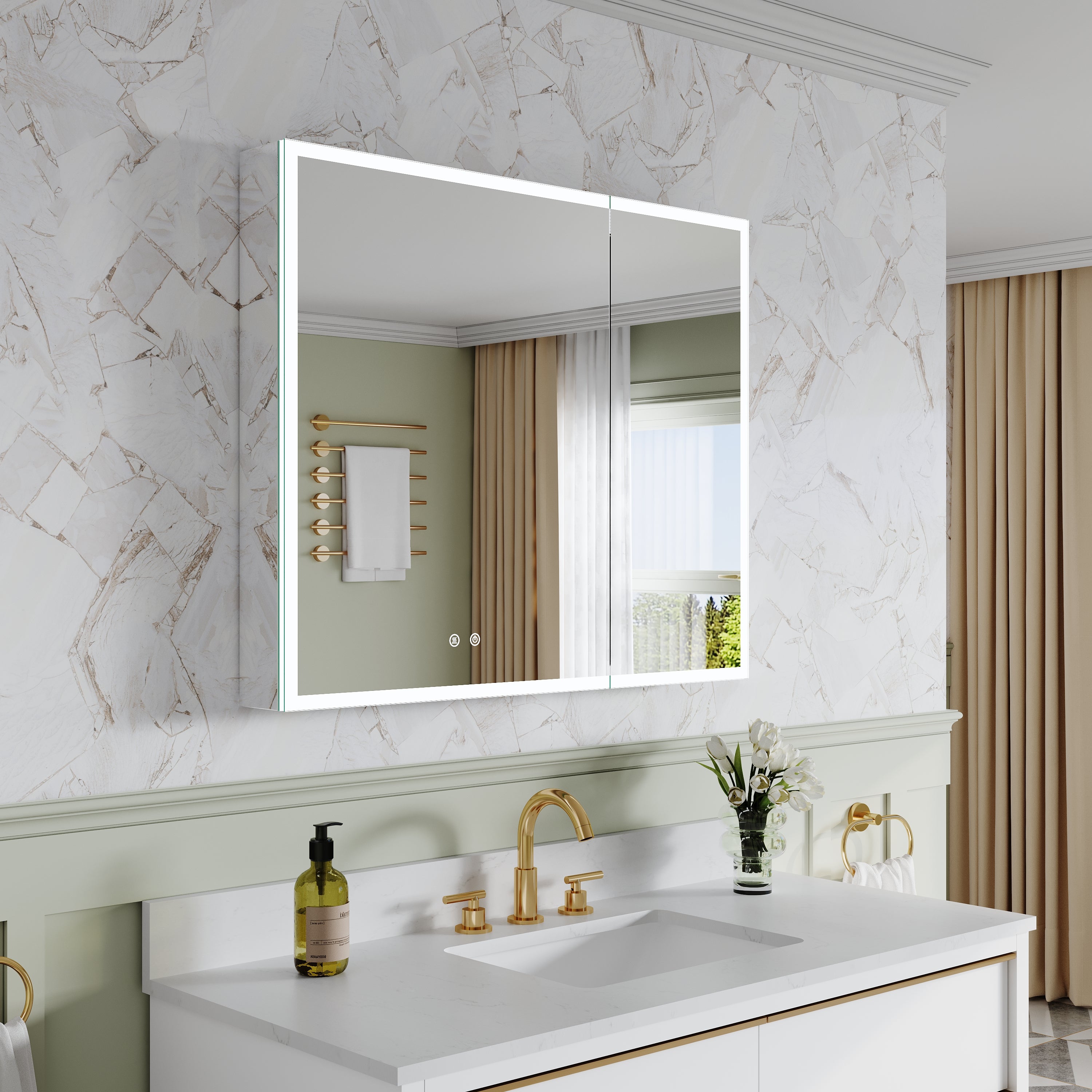
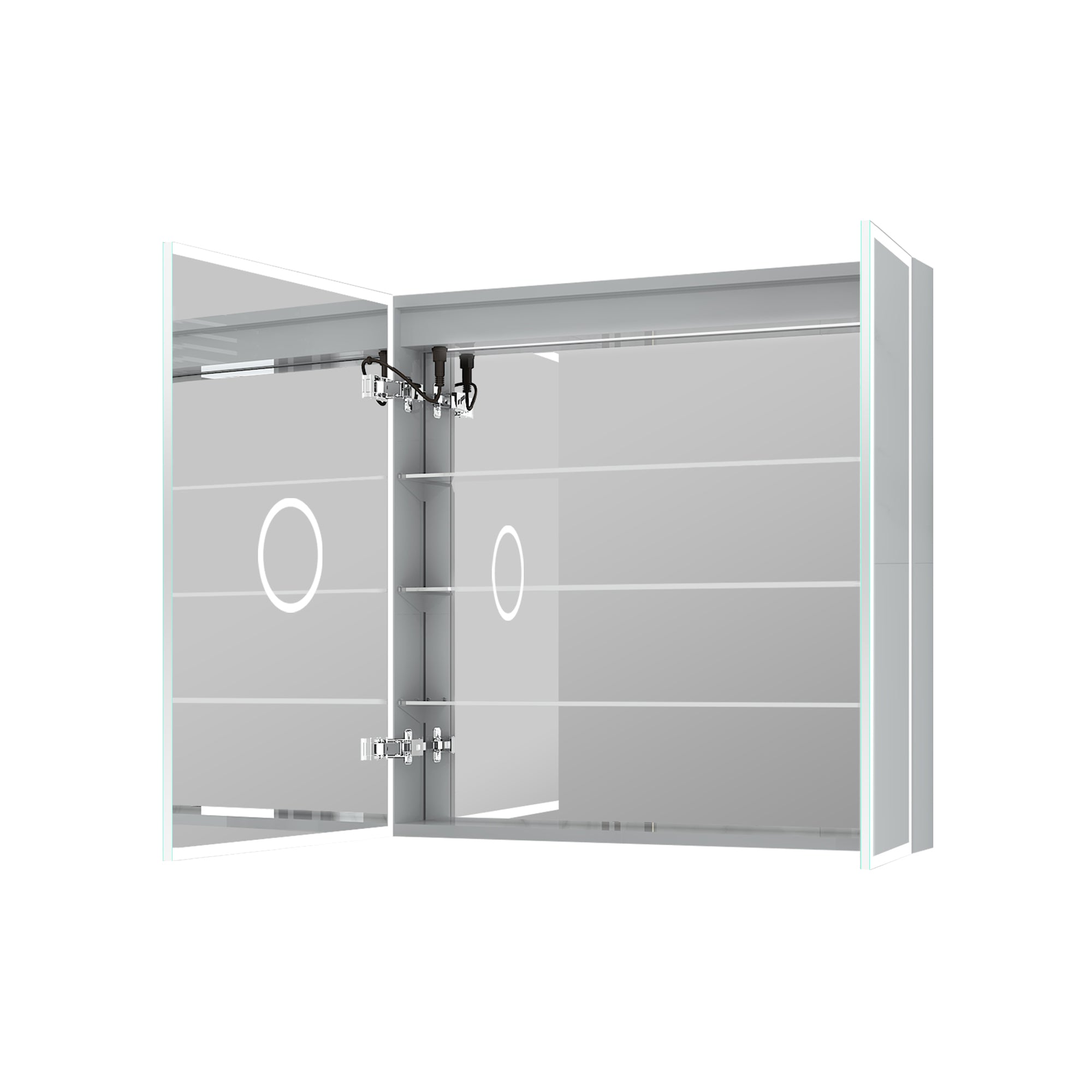
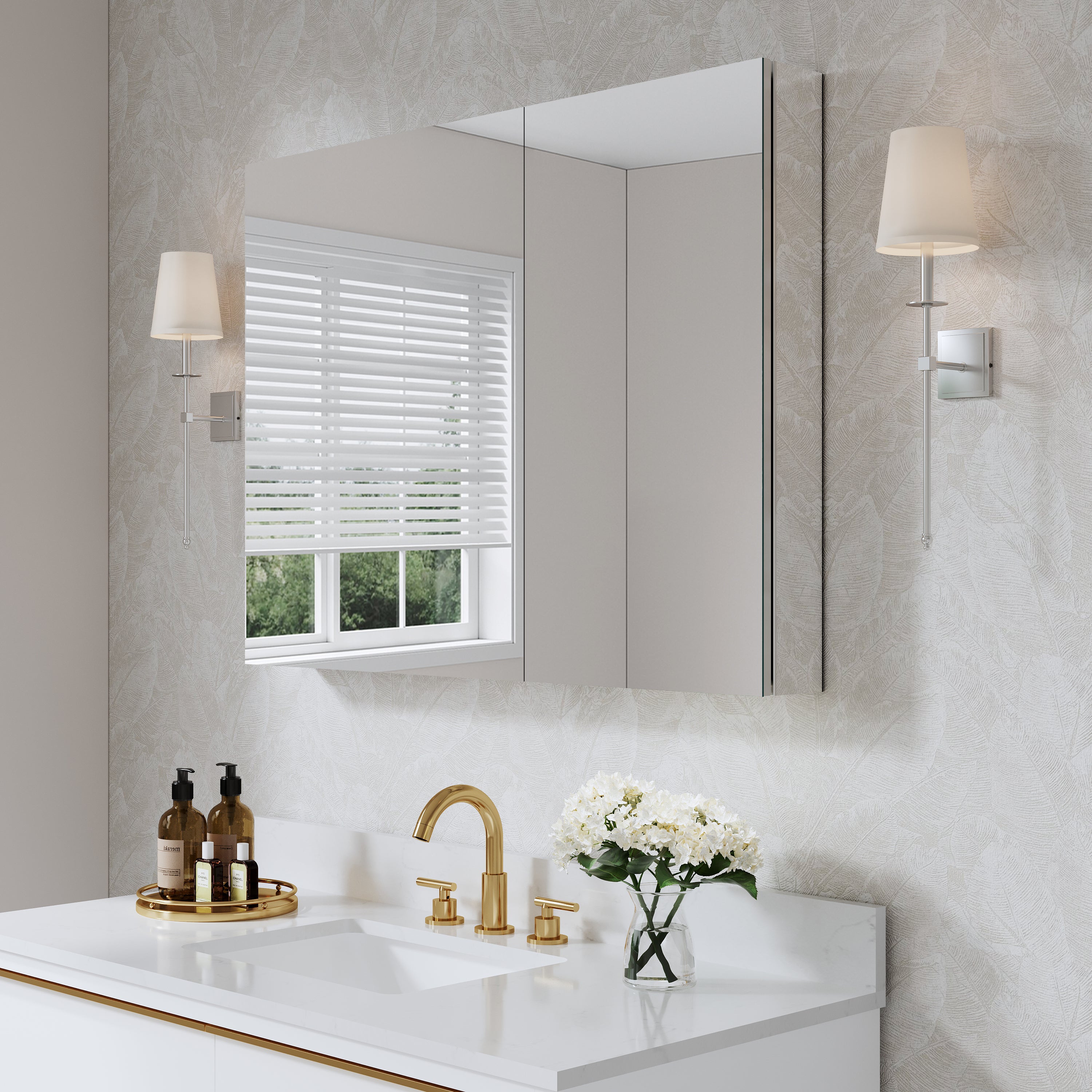

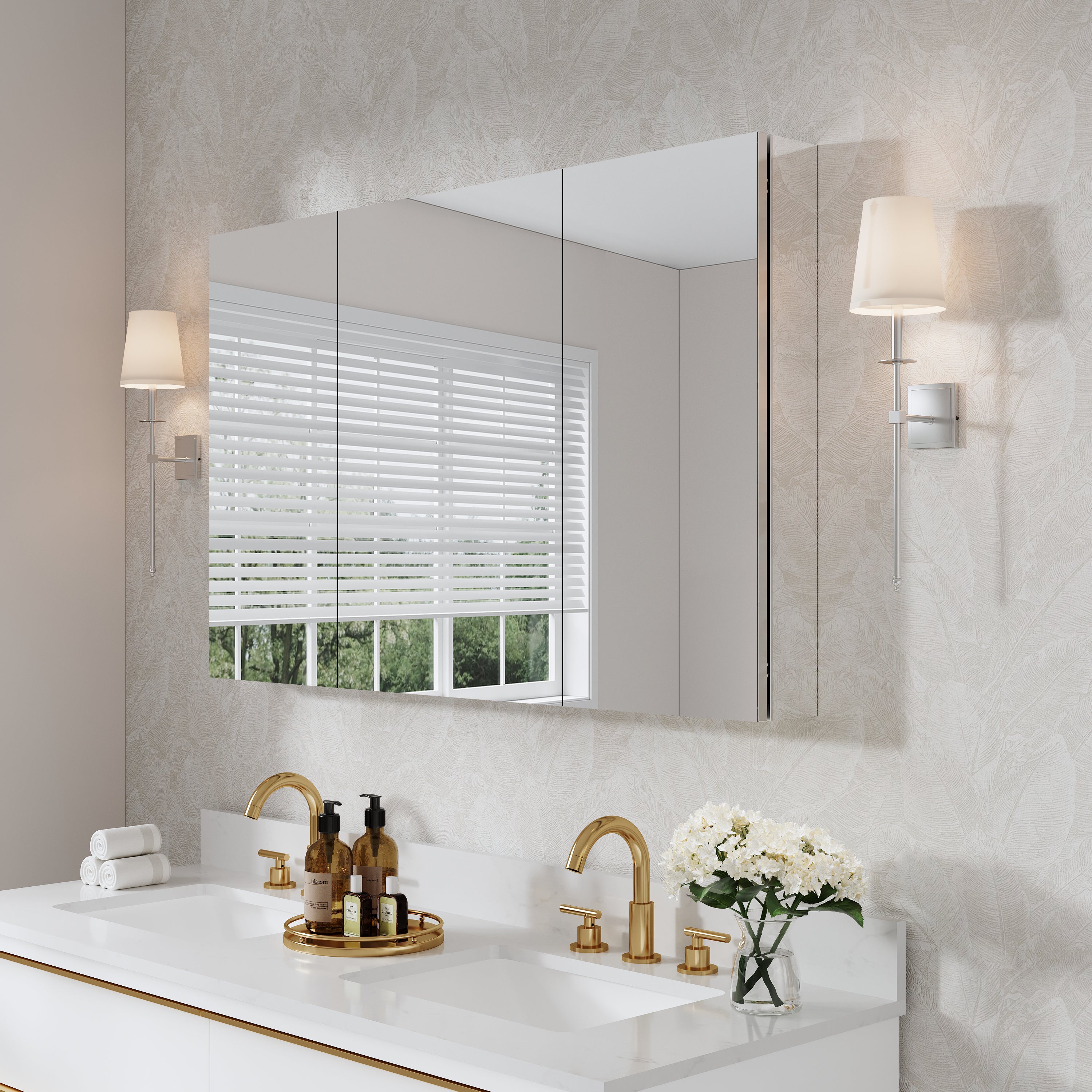
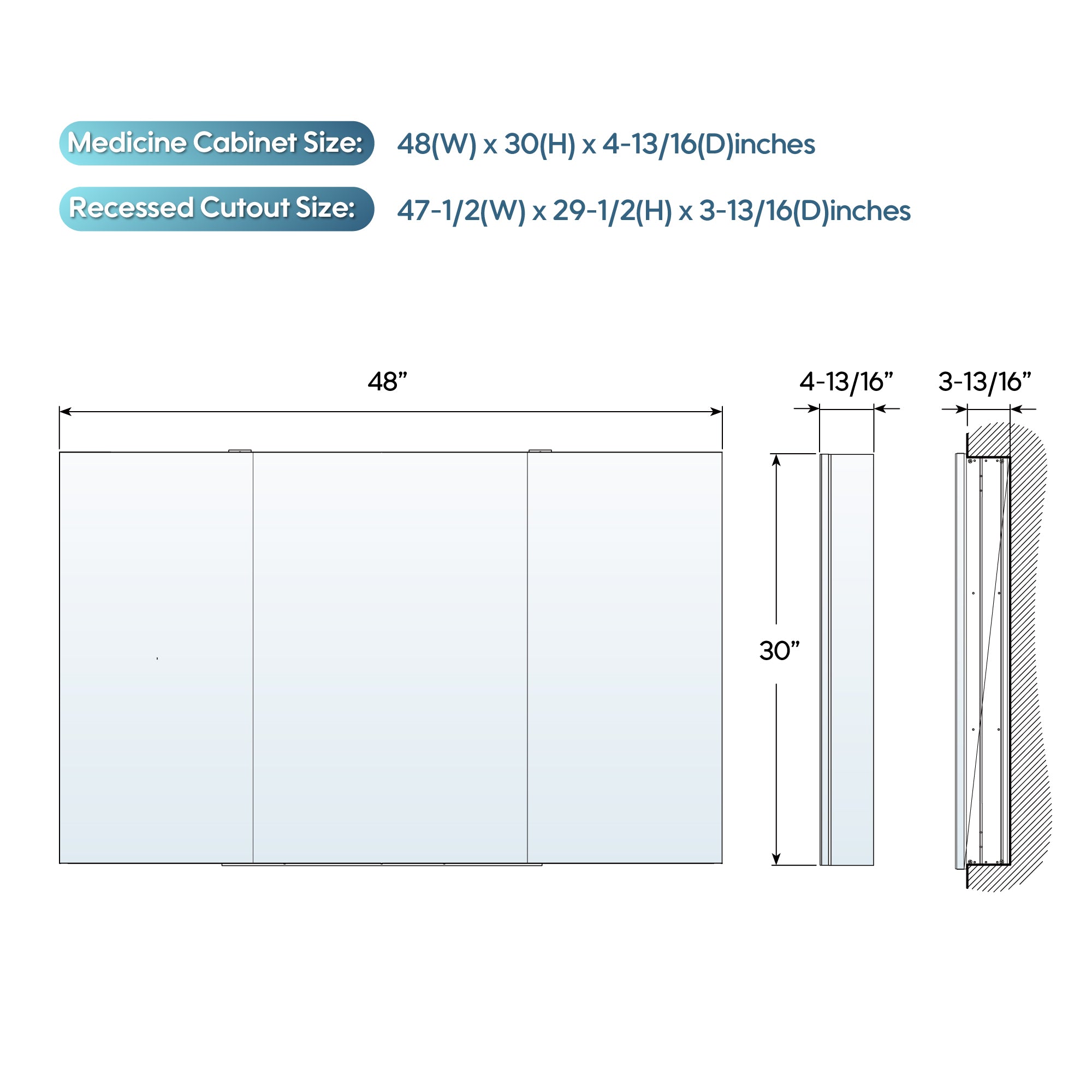

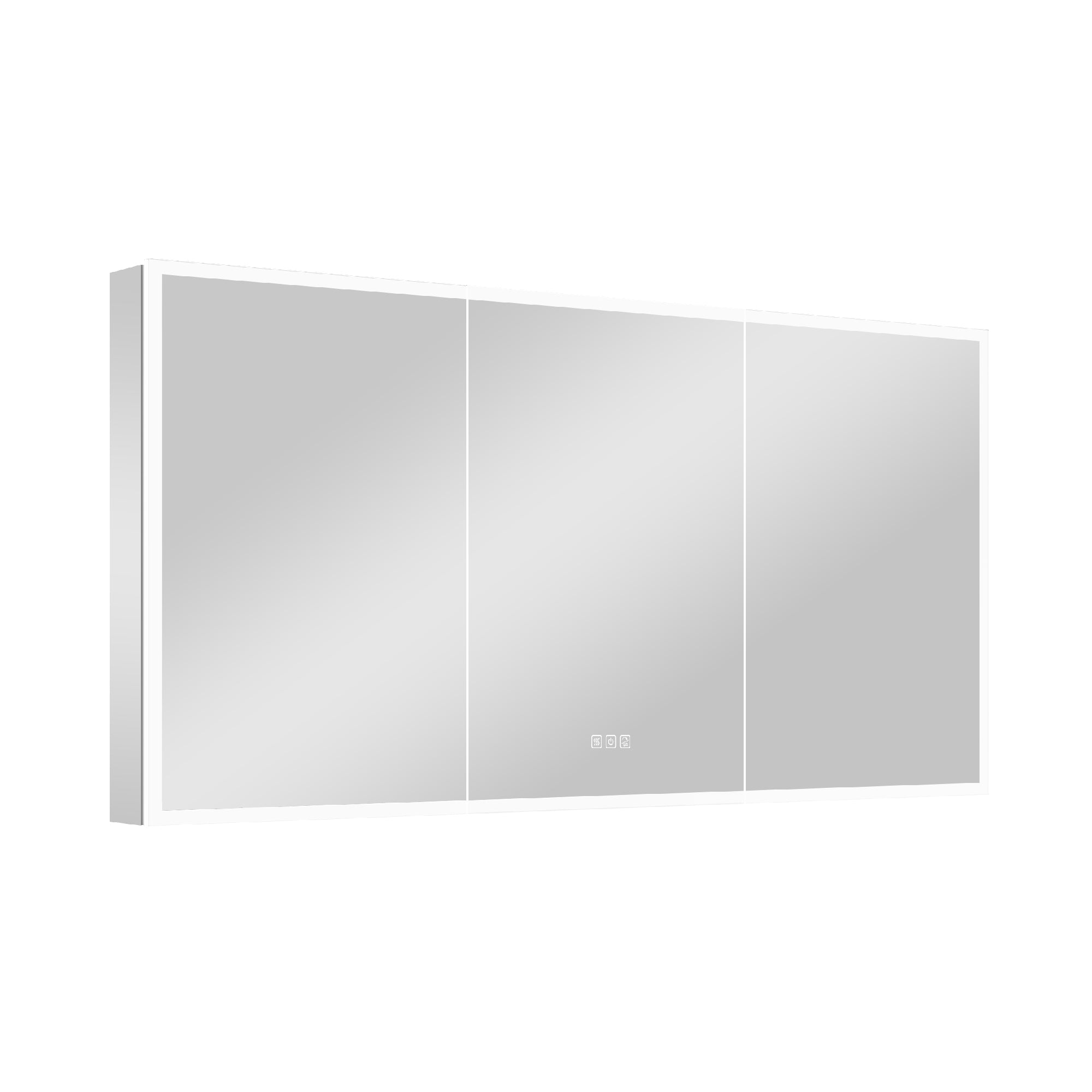
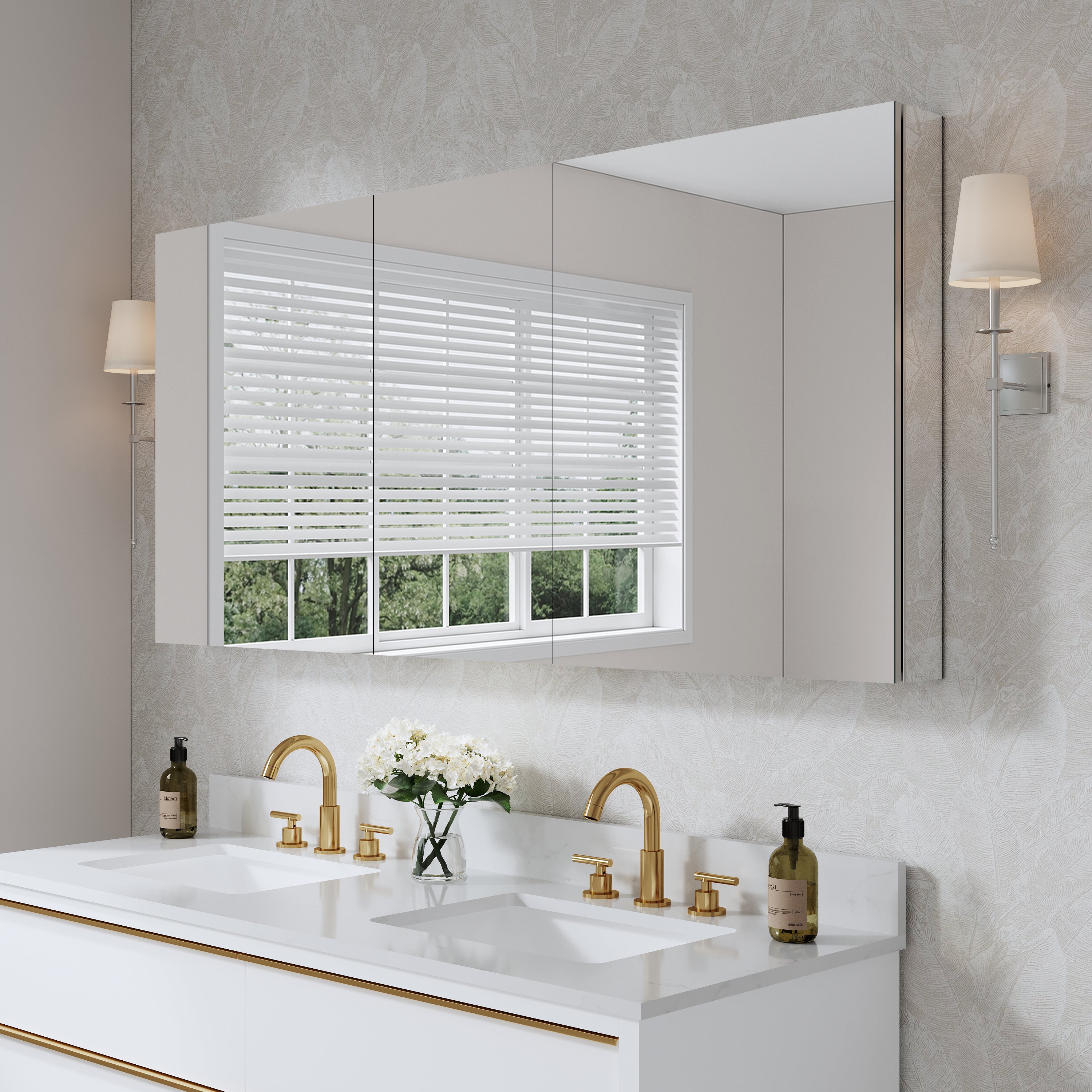




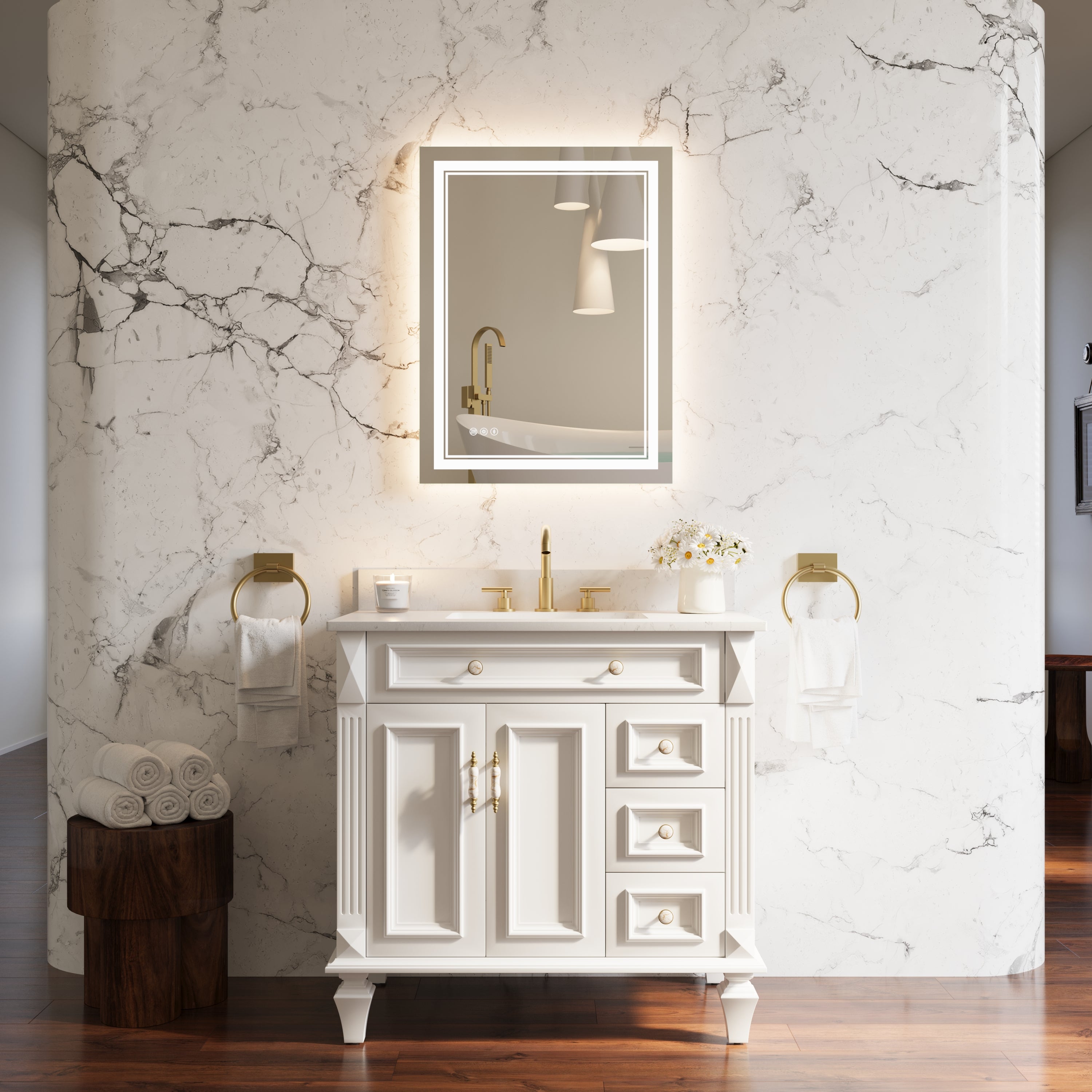
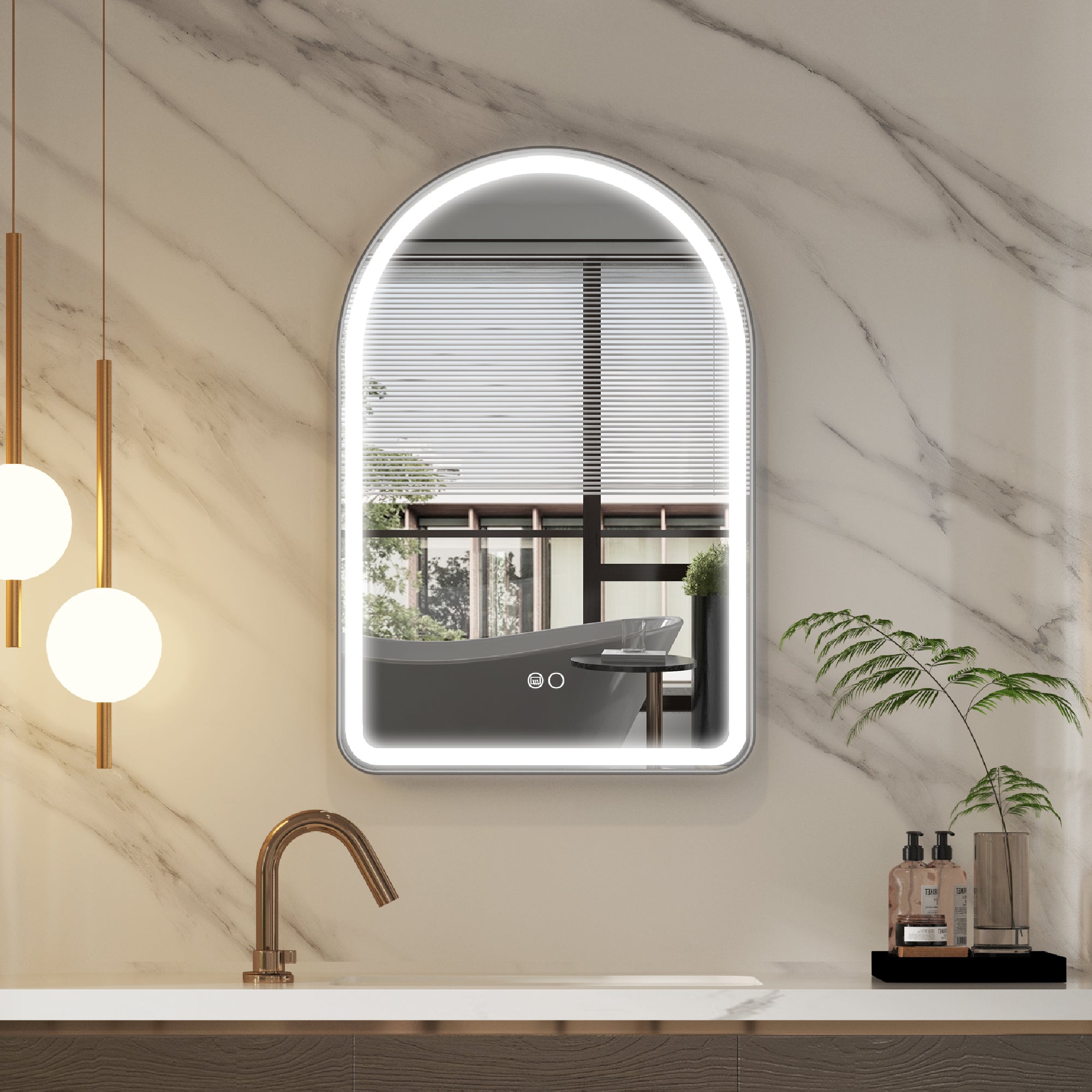
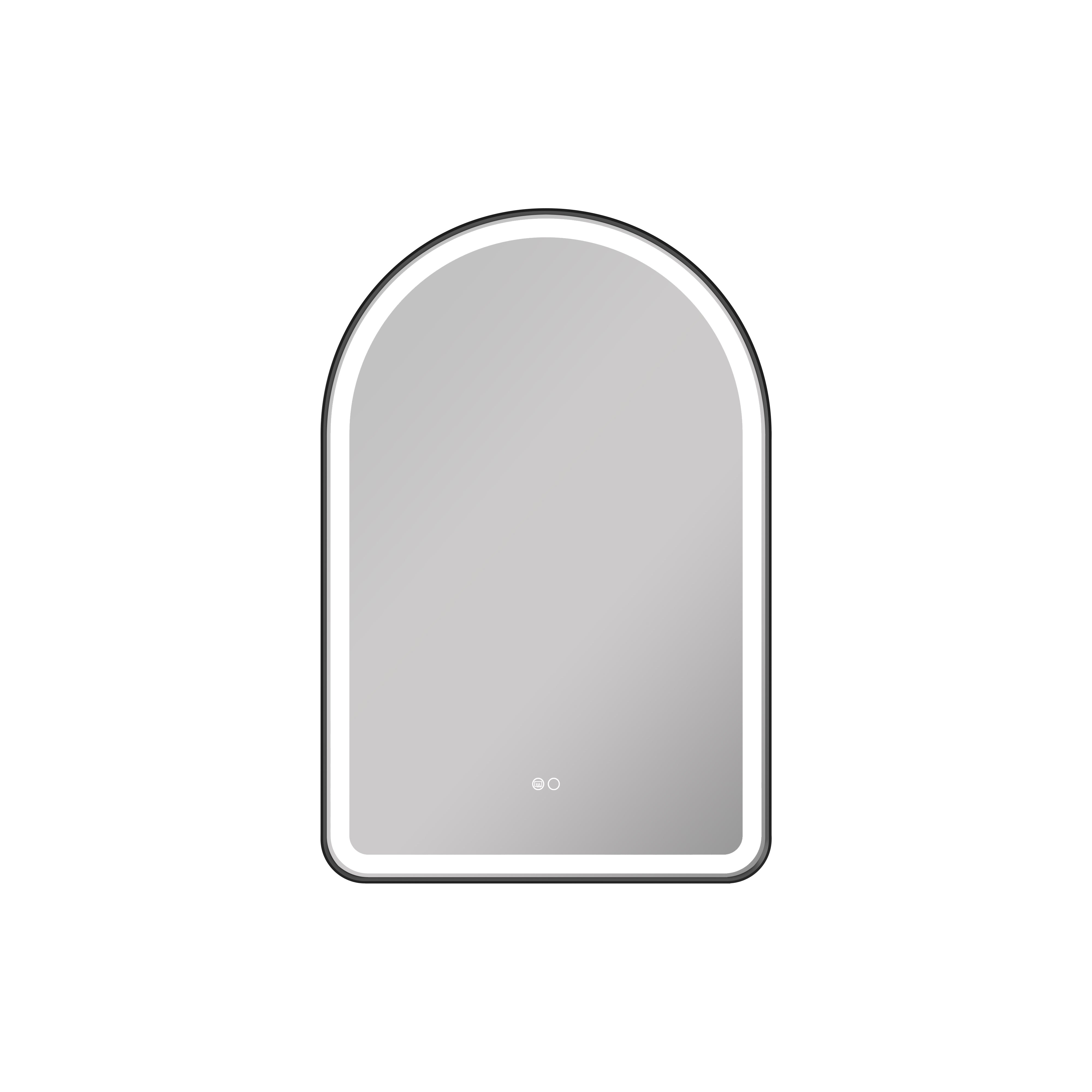

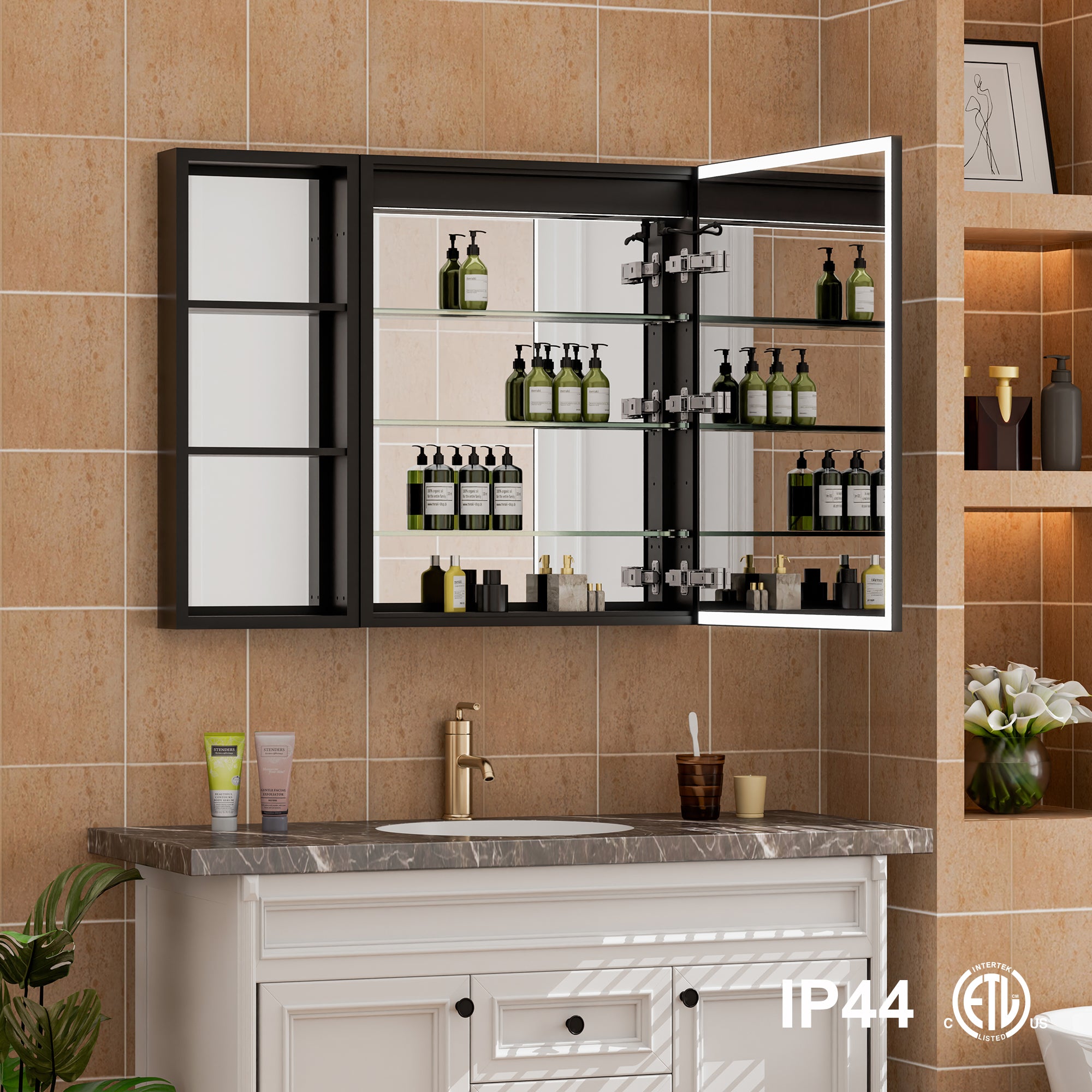
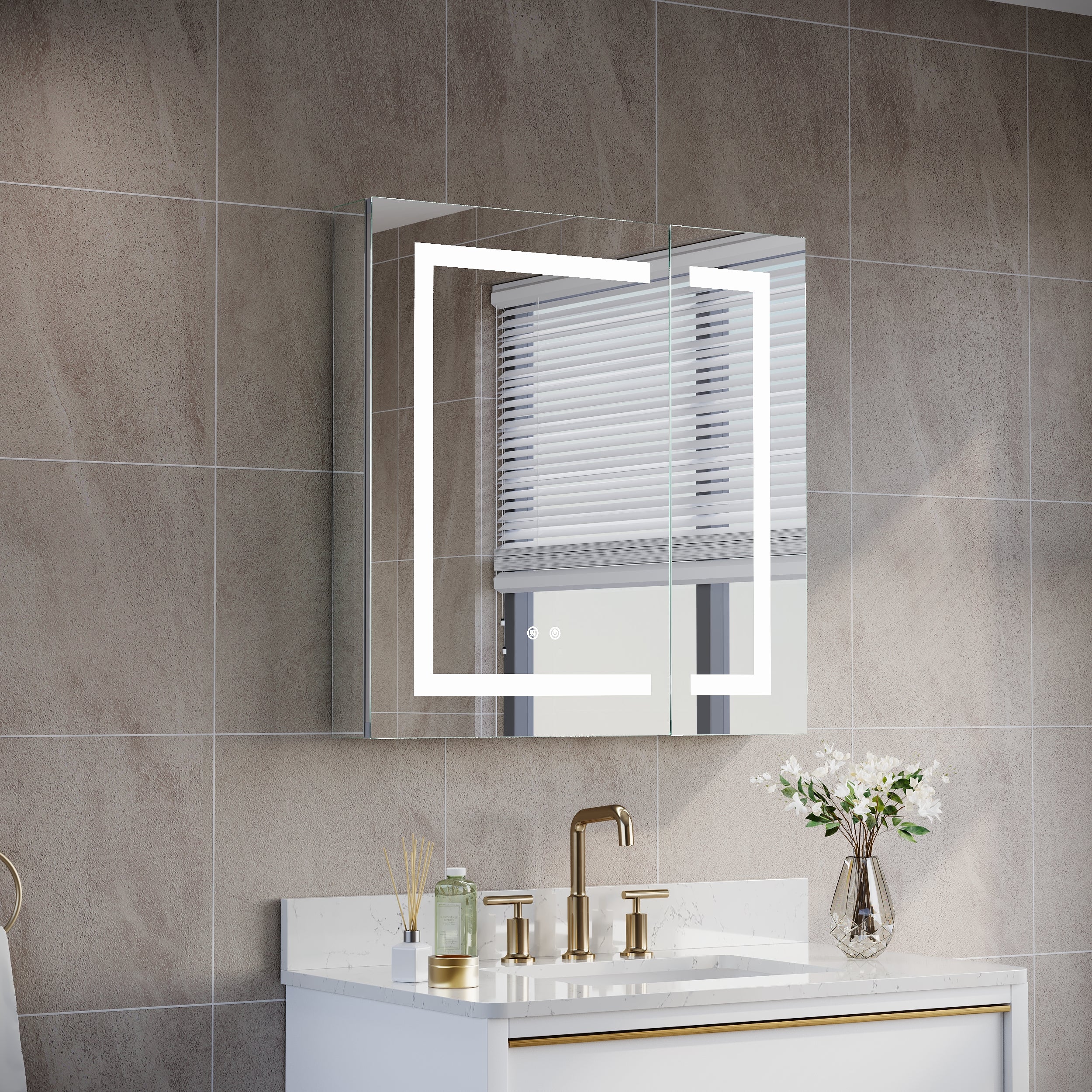
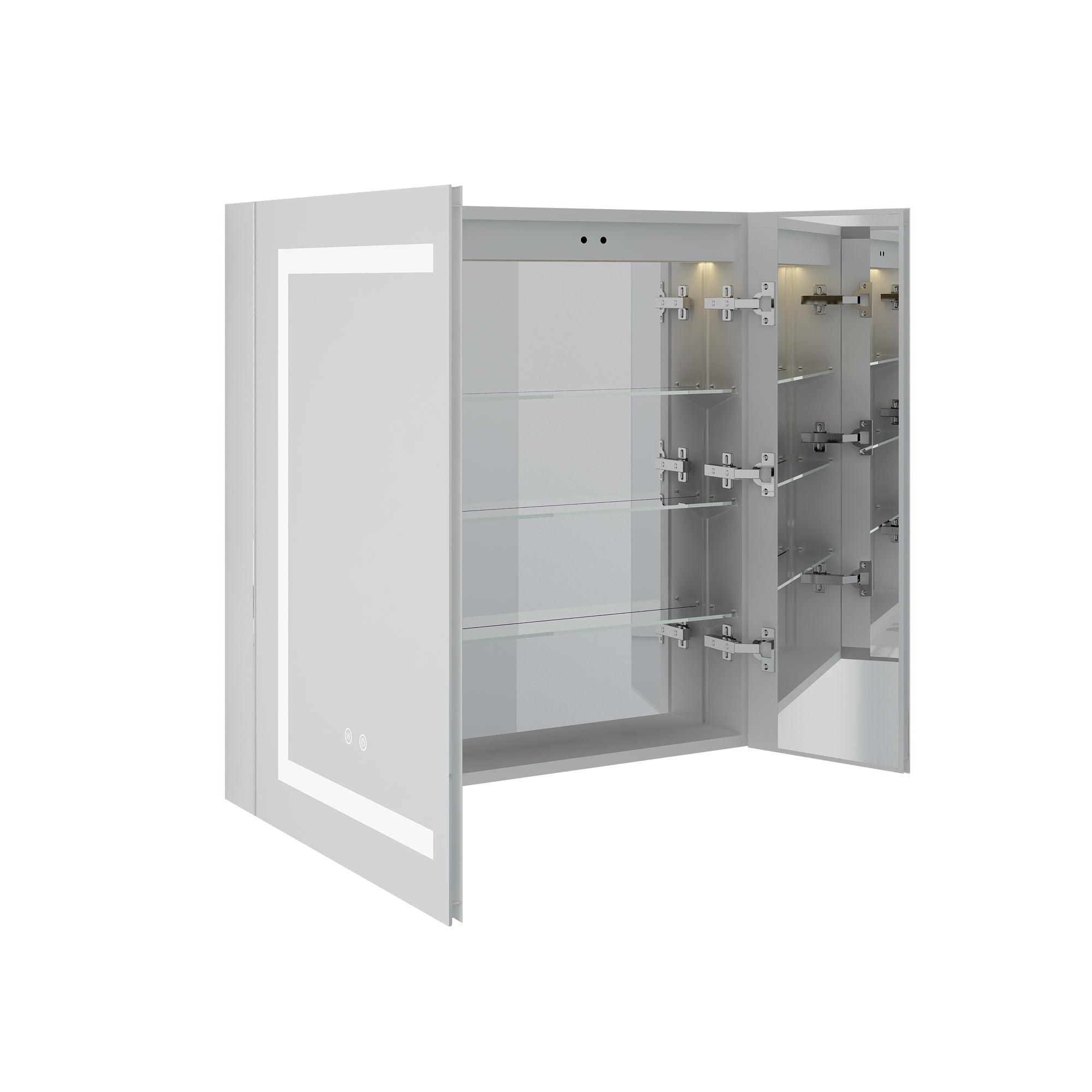
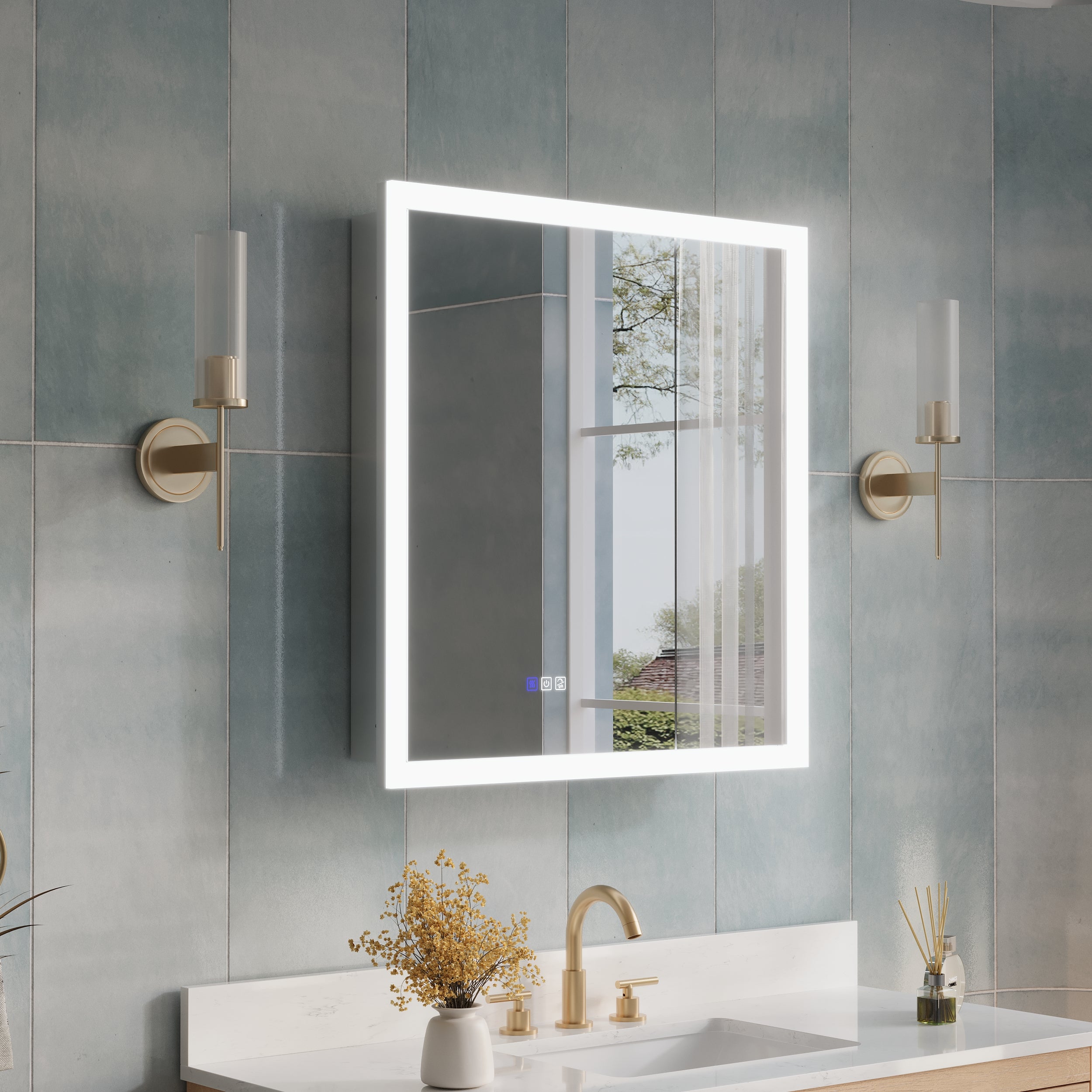
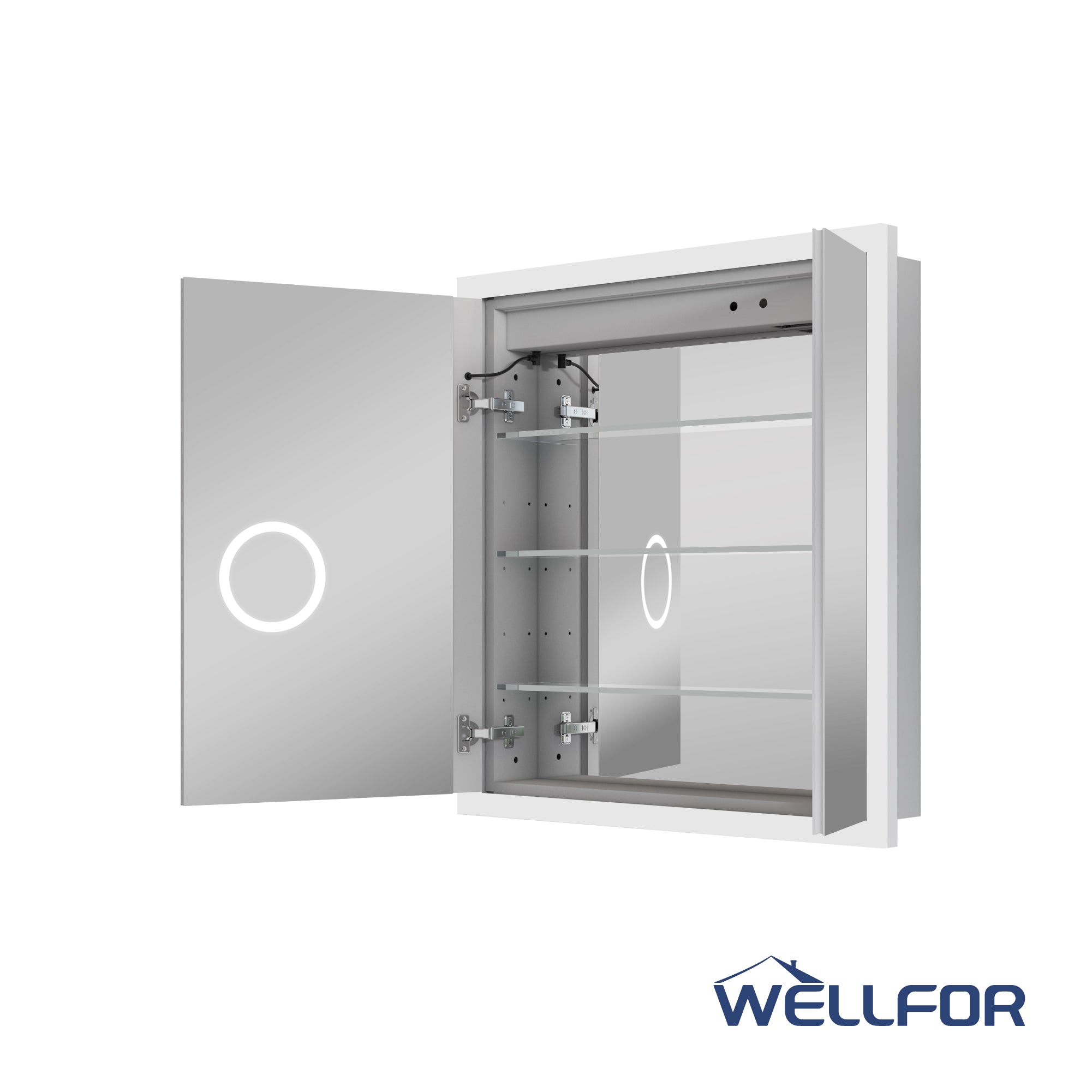
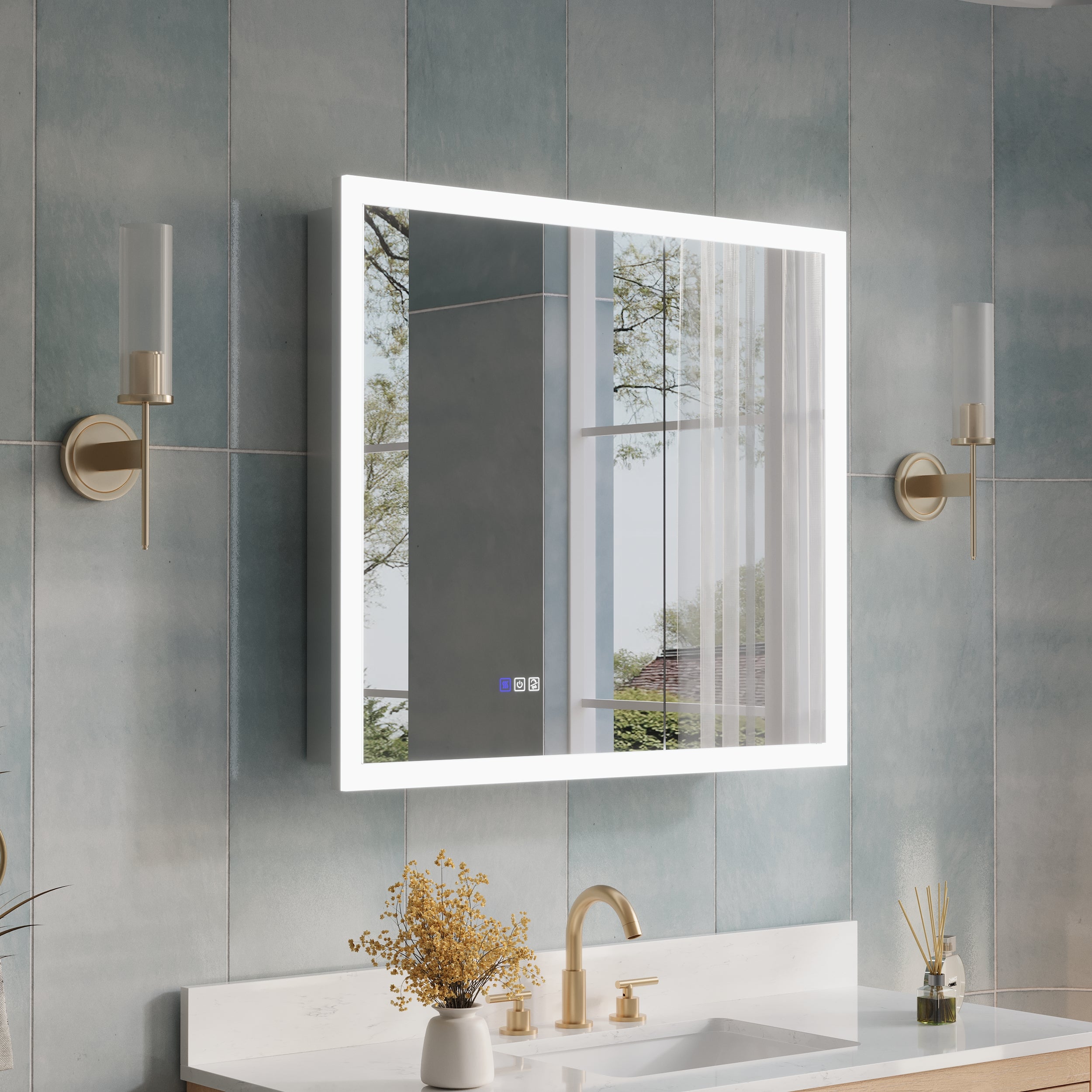

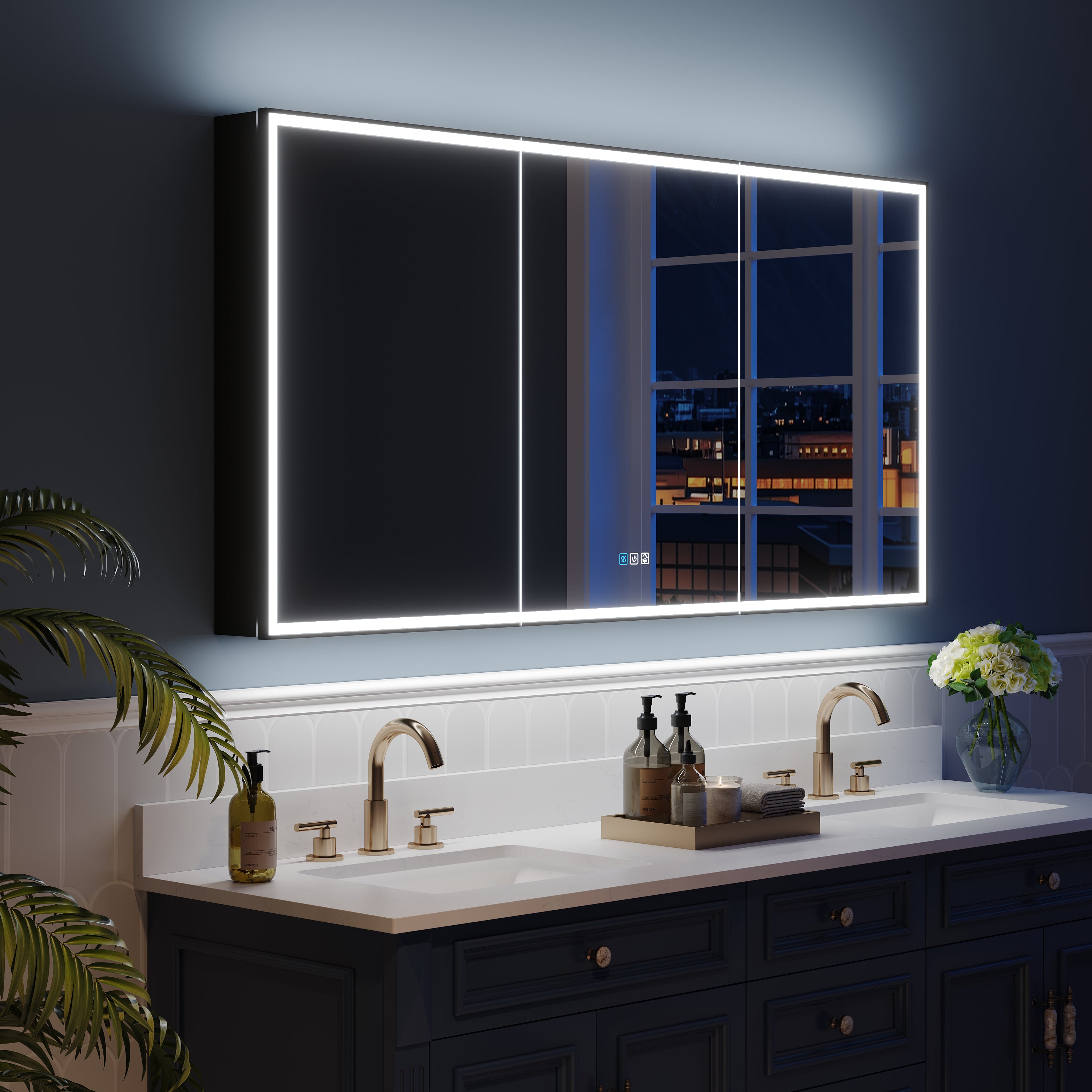
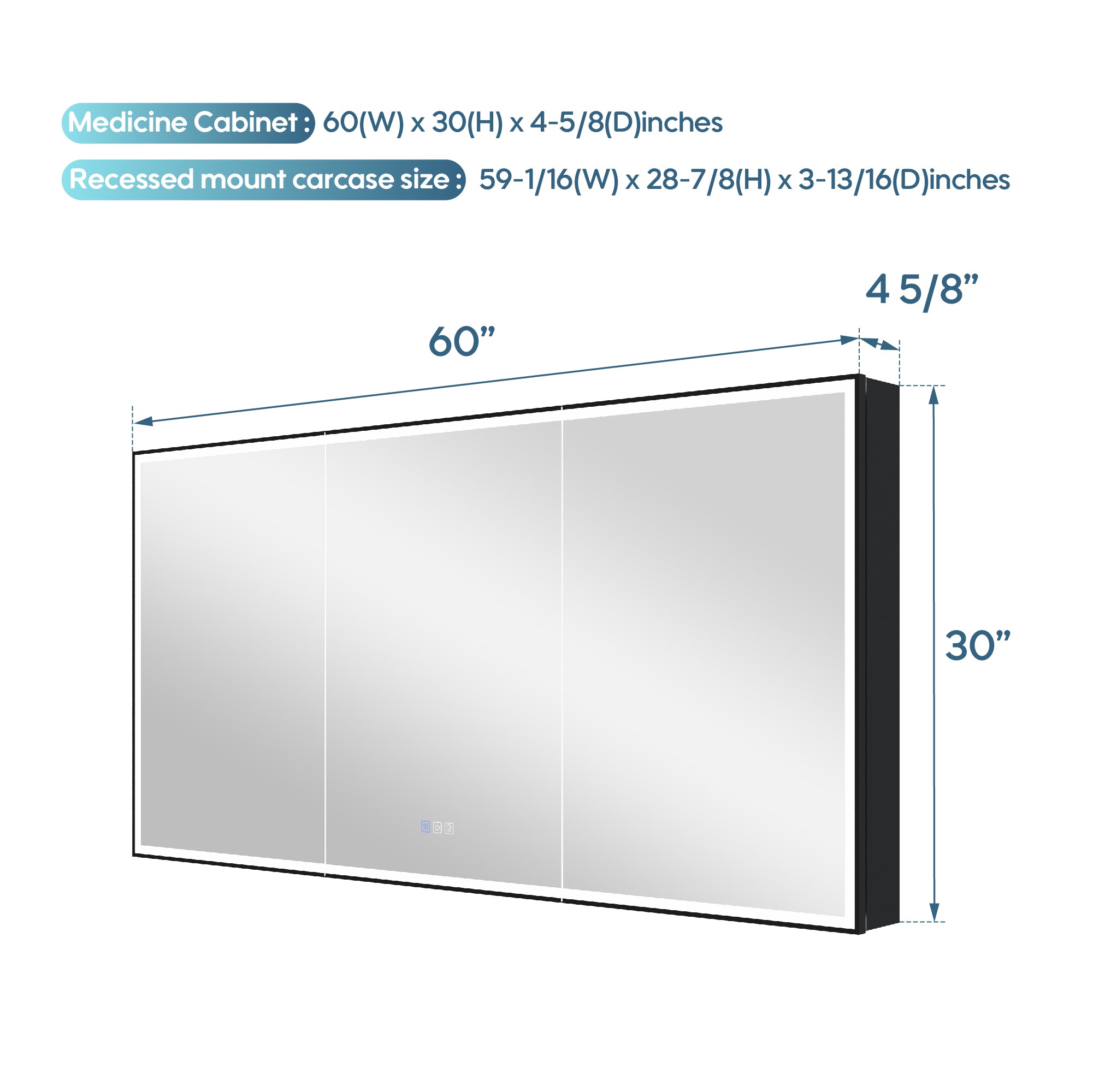
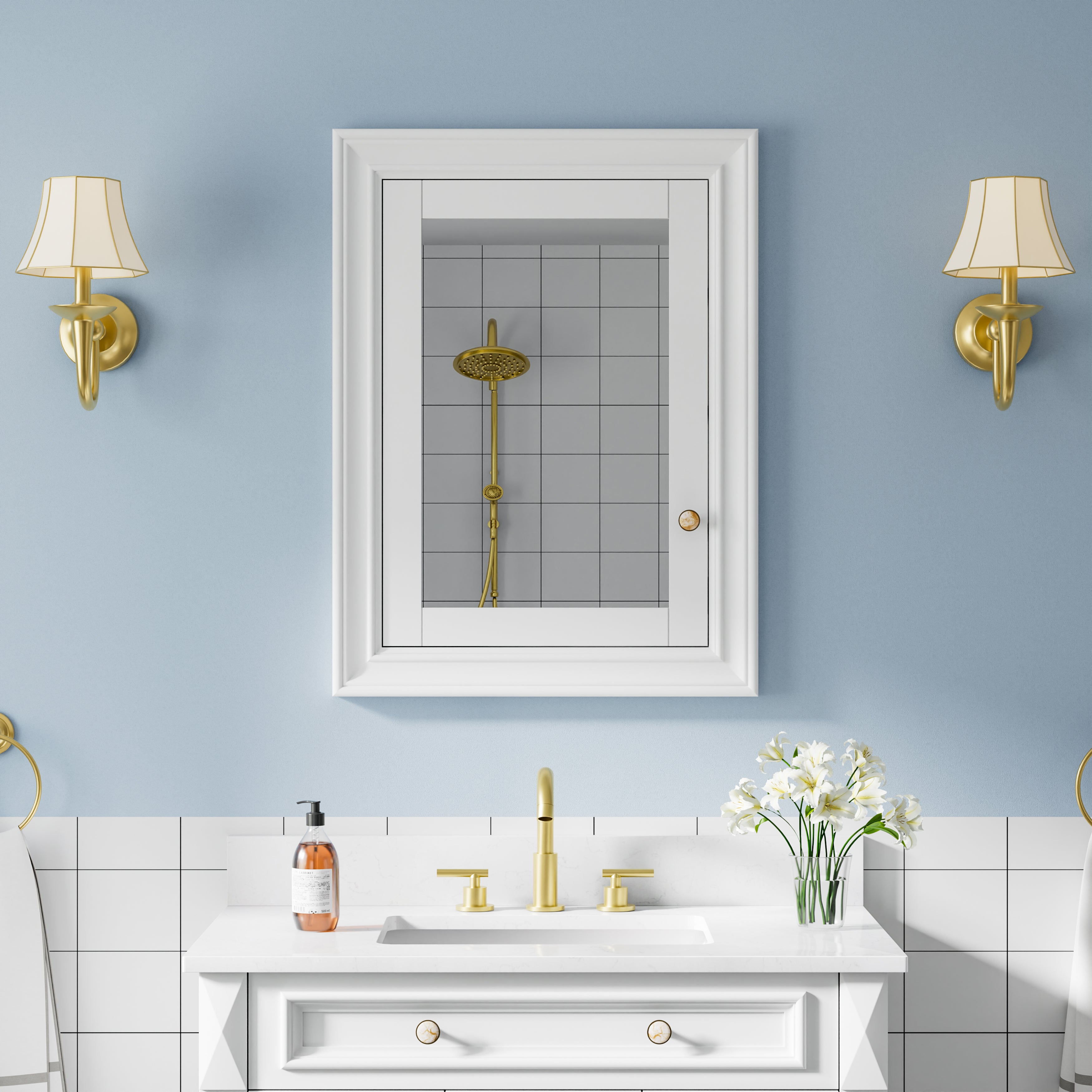


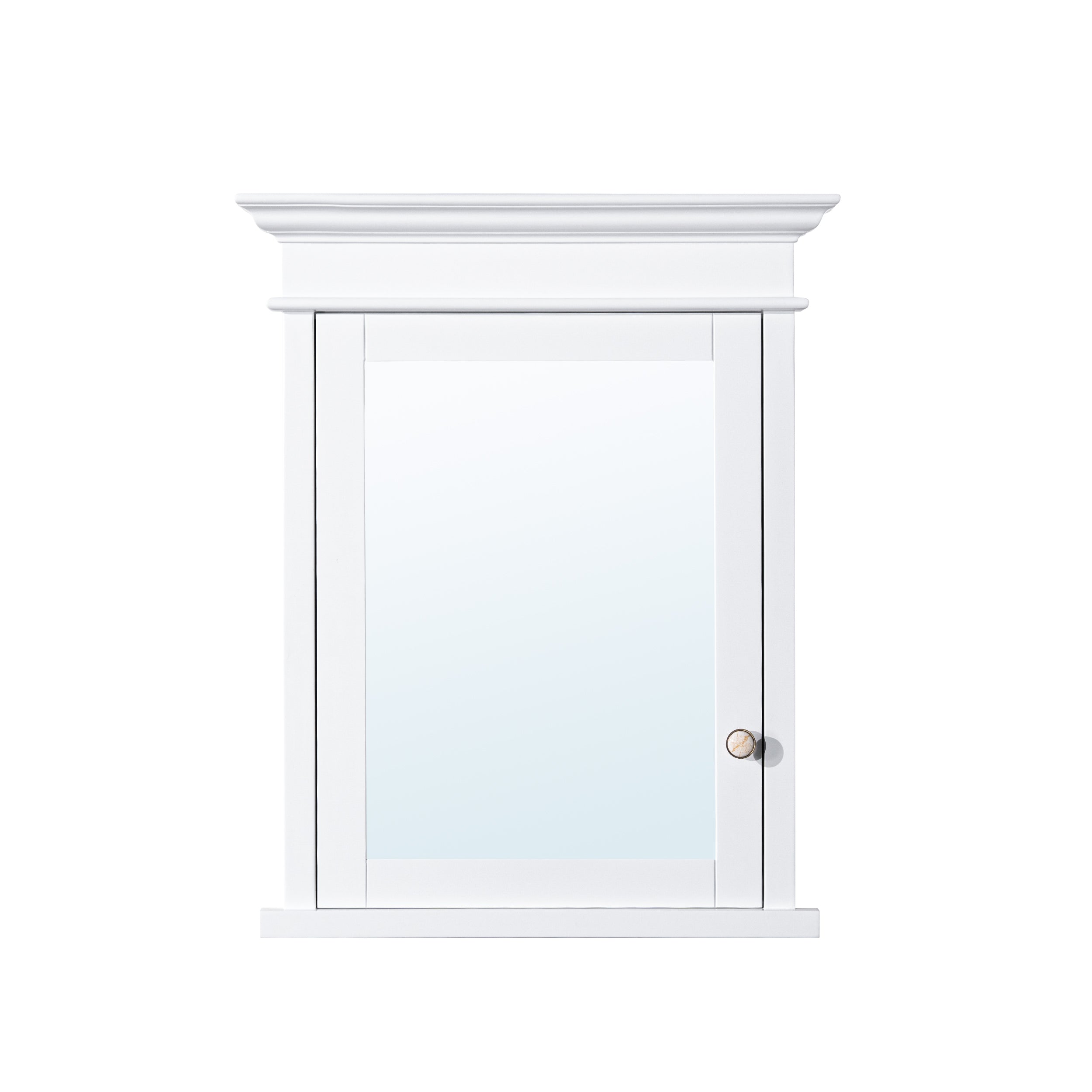

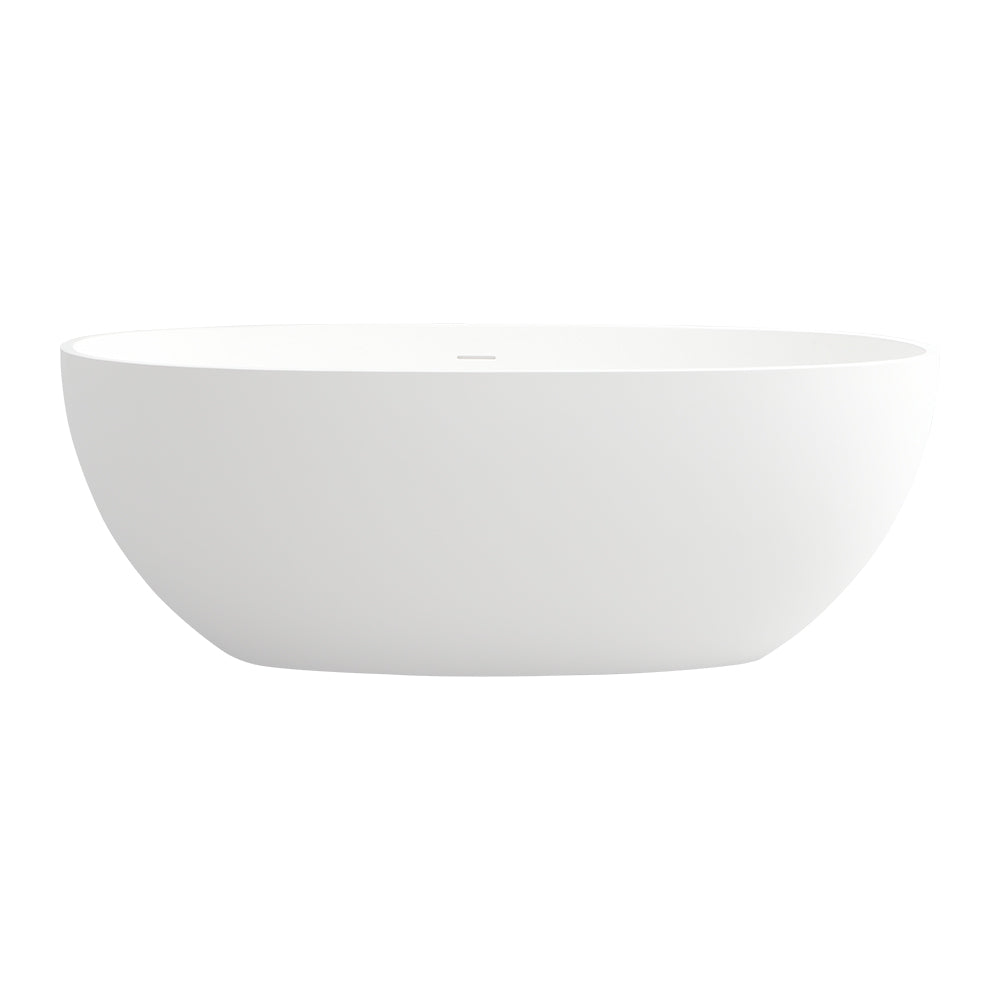


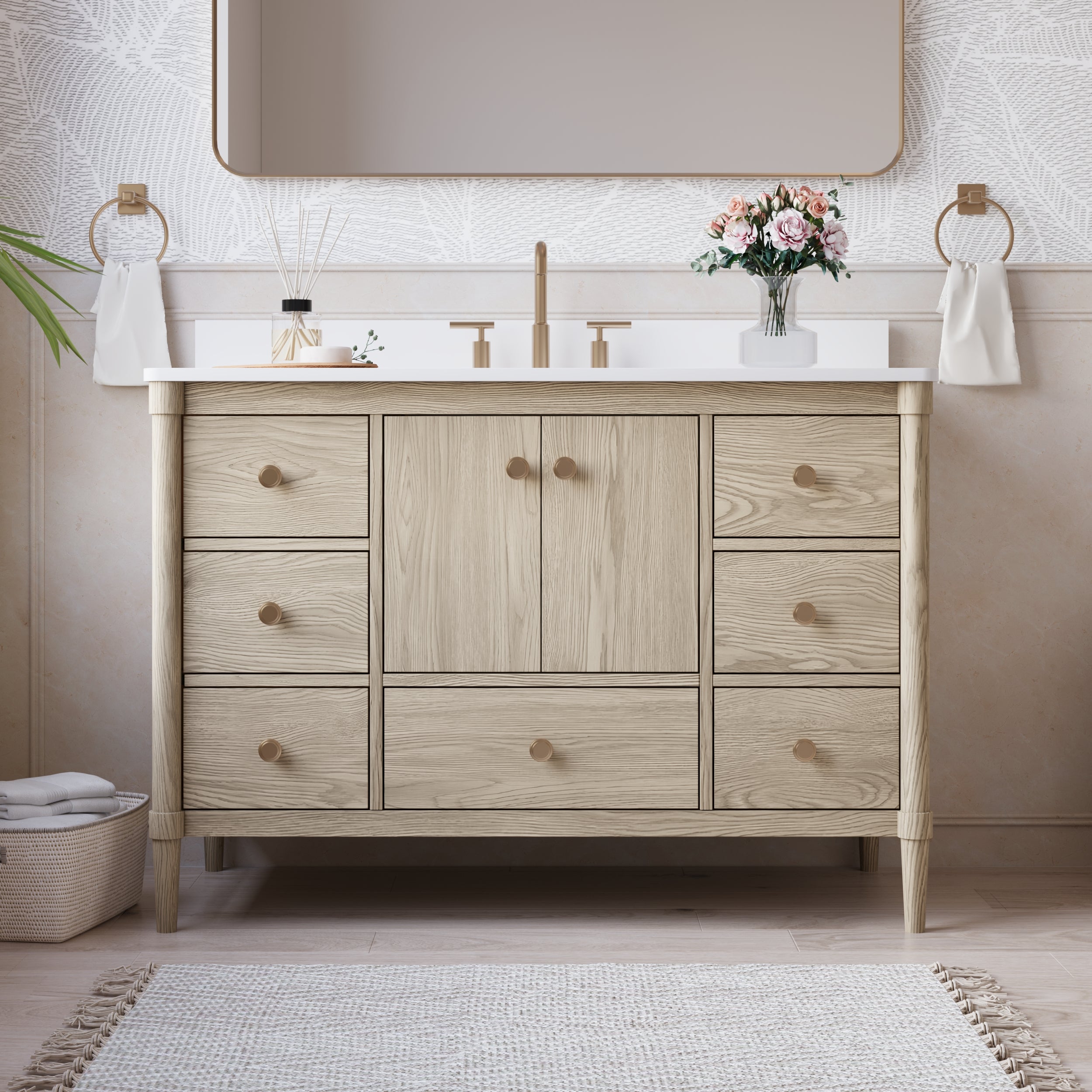
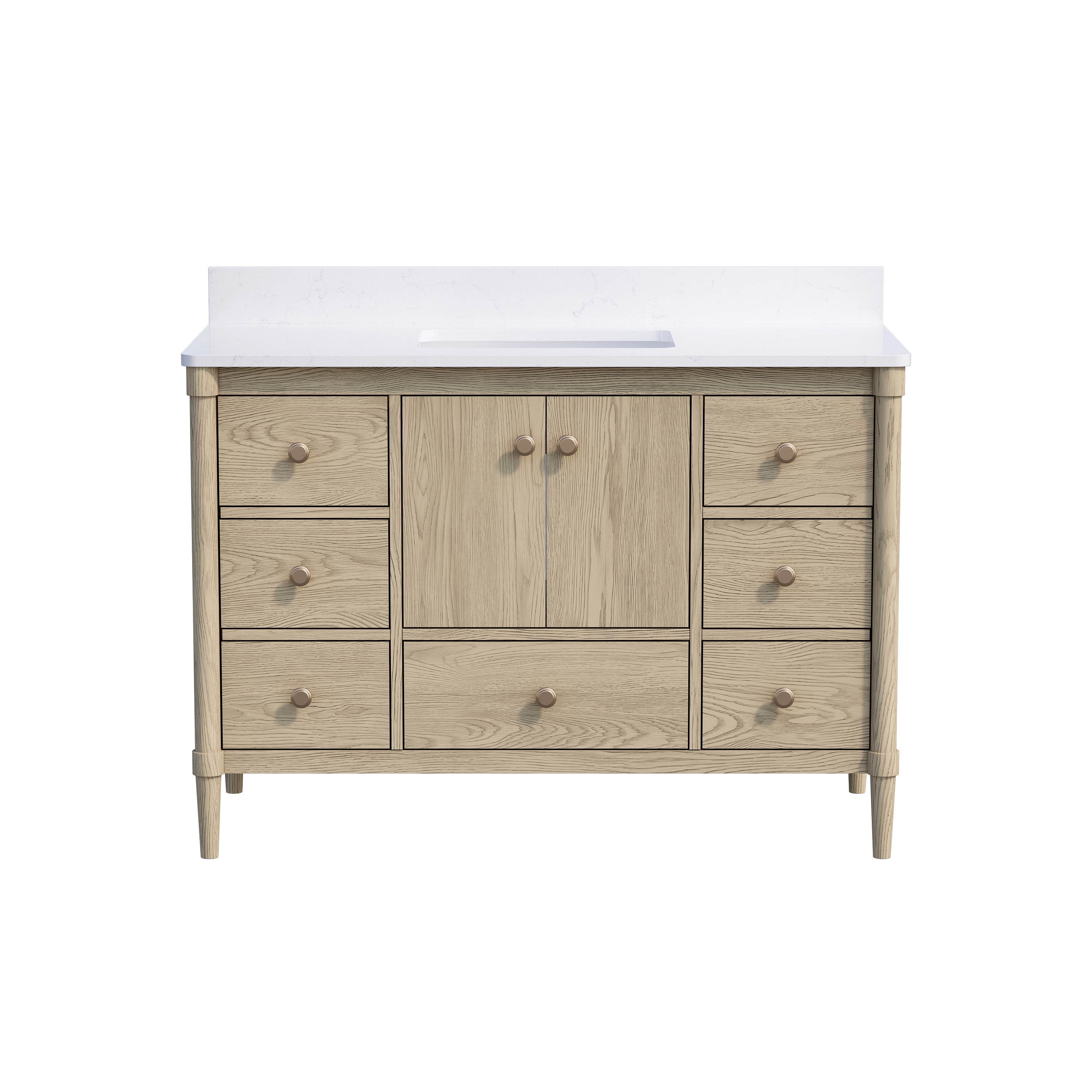
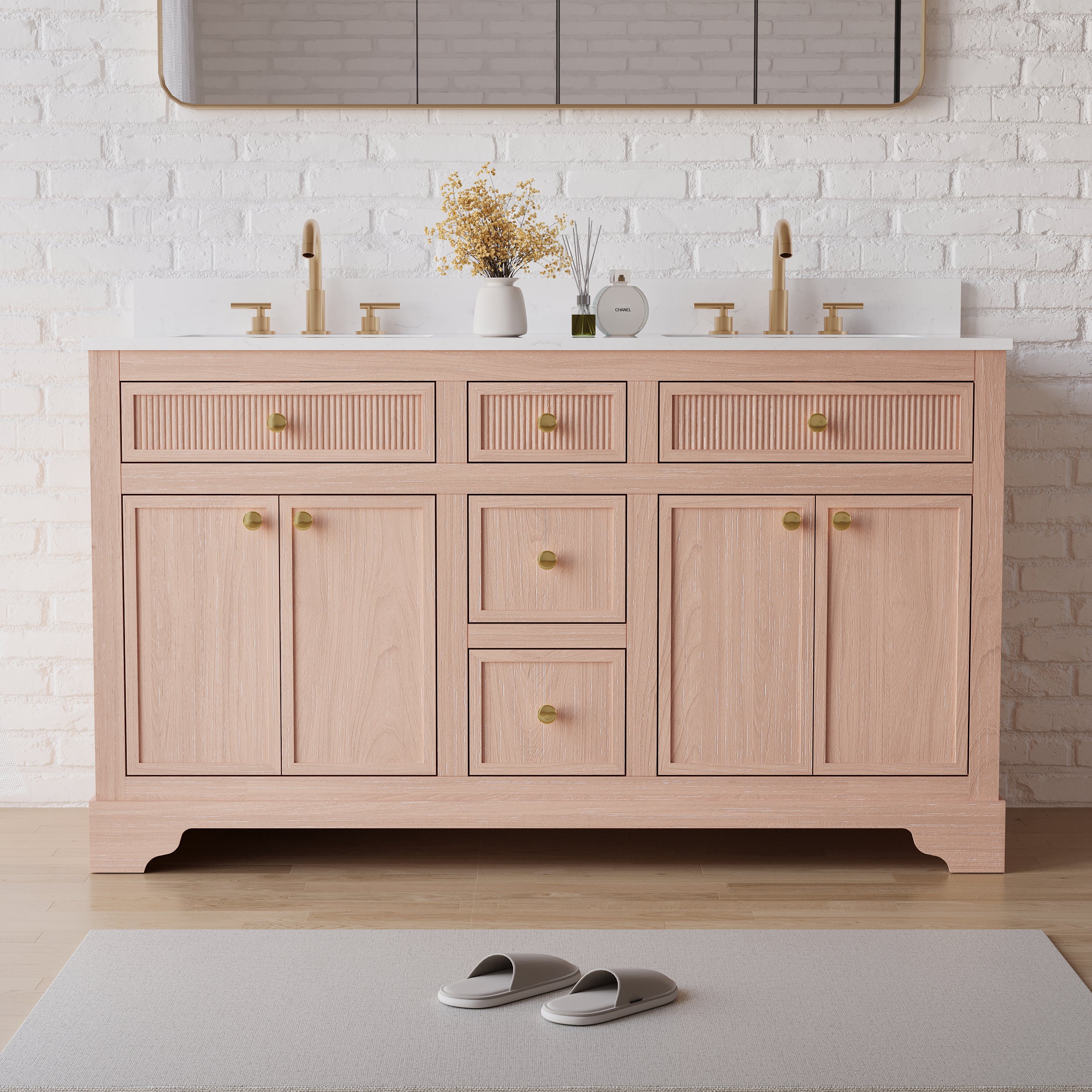



Leave a comment
This site is protected by hCaptcha and the hCaptcha Privacy Policy and Terms of Service apply.